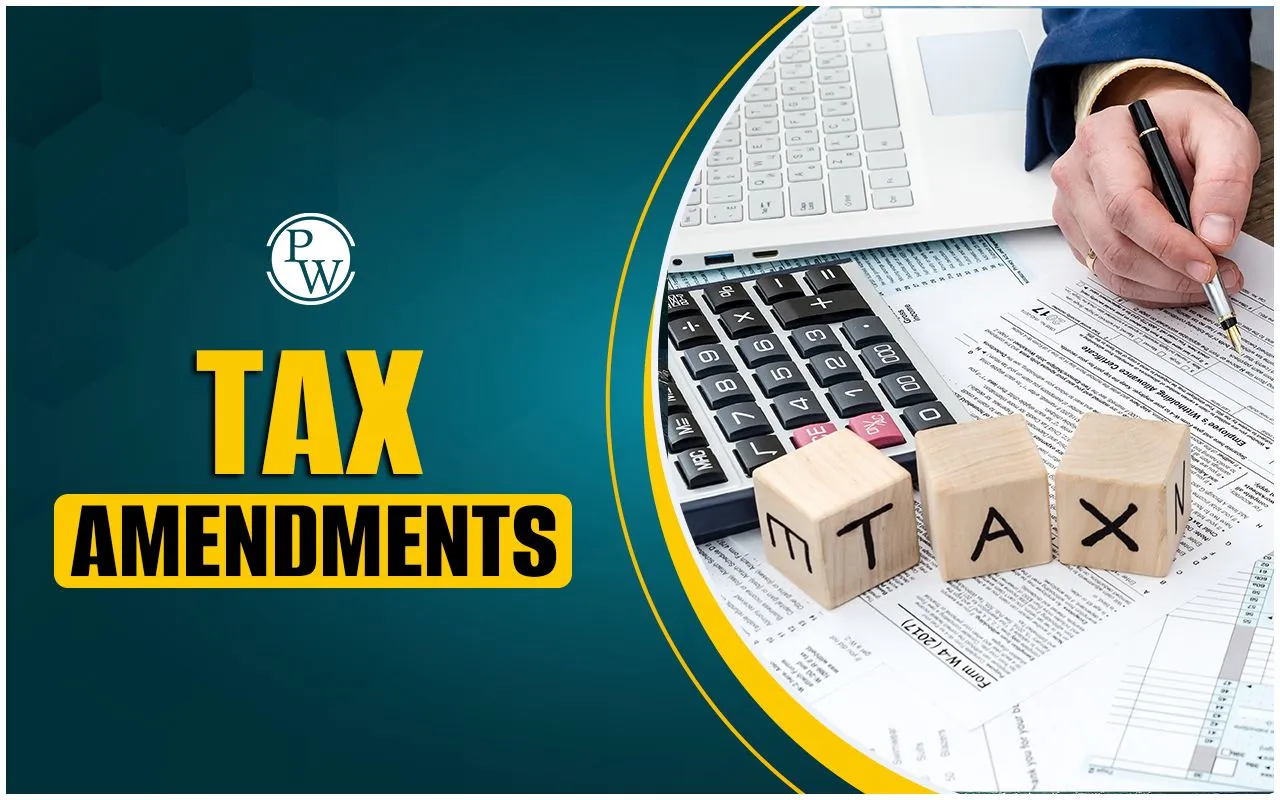

Distribution of Profit Among Partners : Profit sharing in a partnership goes beyond simply dividing earnings. It’s a process that reflects the contributions, efforts, and investments of each partner, ensuring fairness and clarity. Whether it’s capital contributions, management roles, or specialized skills, every input is accounted for through adjustments like interest, salaries, commissions, and guaranteed returns. A structured and transparent approach to profit distribution helps avoid disputes and builds a strong foundation for collaboration. With clear terms and thoughtful processes, partnerships can thrive while maintaining equity and mutual respect among partners.
What is Profit Distribution in Partnerships?
Profit distribution refers to allocating the firm’s net earnings among its partners based on the terms outlined in the partnership agreement or, in the absence of such an agreement, as per the Indian Partnership Act, 1932. Partners contribute capital, skills, or both to the firm and share profits or losses in a predetermined ratio. Effective profit distribution reflects fairness and ensures that each partner’s contribution is adequately rewarded .Why is Profit Distribution Important?
Profit distribution is vital for maintaining transparency, trust, and harmony in a partnership. It addresses the following:- Rewarding Contributions: Partners who invest more capital or play an active role in operations deserve appropriate compensation.
- Avoiding Conflicts: A clear profit-sharing mechanism prevents disputes among partners.
- Compliance with Agreements: It ensures adherence to the partnership deed or relevant laws.
- Reflecting Business Performance: Proper distribution highlights the firm’s financial health and success.
Key Components of Profit Distribution
Before the profits of a partnership firm are distributed, several adjustments are made to ensure that the distribution is equitable and aligns with the agreed terms. These adjustments are recorded in the Profit and Loss Appropriation Account , an extension of the Profit and Loss Account. Below are the key components of profit distribution, explained with practical examples:Interest on Capital
Interest on capital is paid to partners for the capital they have invested in the firm. This adjustment compensates partners for the opportunity cost of their investment and is calculated at a pre-agreed rate. It is recorded as an expense for the firm and added to the partner’s profit share. Example:- Partner A invests ₹3,00,000, and the partnership agreement specifies an interest rate of 8% per annum.
- Interest on capital = ₹3,00,000 × 8% = ₹24,000.
- This amount is credited to Partner A’s account in the Profit and Loss Appropriation Account.
Interest on Drawings
Partners may withdraw funds for personal use during the financial year. To discourage excessive withdrawals and compensate the firm for the loss of capital, interest is charged on these drawings. The interest rate and calculation method are agreed upon in the partnership deed. Example: If Partner D withdraws ₹40,000 in equal monthly installments, interest is calculated using the average balance method:- Average period = 6.5 months (for equal monthly withdrawals).
- Interest on drawings = ₹40,000 × 10% × (6.5/12) = ₹2,166.
Salaries and Commissions
Active partners often take on managerial or operational responsibilities. To reward their efforts, the partnership agreement may provide for fixed salaries or performance-based commissions. These amounts are adjusted against the profits before the final distribution. Example (Salaries):- Partner E is entitled to a monthly salary of ₹15,000 for managing the business.
- Annual salary = ₹15,000 × 12 = ₹1,80,000.
- Partner F is entitled to a 10% commission on net profits after all adjustments.
- If the net profit after adjustments is ₹5,00,000, commission = ₹5,00,000 × 10% = ₹50,000.
Guaranteed Profits
Some partners may be guaranteed a minimum profit, regardless of the firm’s overall earnings. If their share of profit falls short of the guaranteed amount, the other partners bear the deficit as per the agreed profit-sharing ratio. Example: If the total profit is ₹2,00,000:- G’s share based on ratio = ₹2,00,000 × (2/5) = ₹80,000.
- Deficit = Guaranteed profit - Actual share = ₹1,20,000 - ₹80,000 = ₹40,000.
- This deficit is adjusted against H and I’s shares in the ratio of 2:1.
Profit and Loss Appropriation Account
The Profit and Loss Appropriation Account records adjustments before allocating the remaining profit to partners’ accounts. This ensures transparency and fairness in profit distribution.Key Adjustments:
- Debits: Includes interest on capital (compensating partners for investments), salaries/commissions for active partners, and partners’ profit shares.
- Credits: Includes net profit (from the Profit and Loss Account) and interest on drawings (charged to partners for personal withdrawals).
|
Profit and Loss Appropriation Account |
|||
| Particulars | Amount (₹) | Particulars | Amount (₹) |
| To Interest on Capital (A & B) | 90,000 | By Net Profit | 1,00,000 |
| To Salaries (C) | 30,000 | By Interest on Drawings | 1,500 |
| To Share of Profit | 61,500 | ||
Methods of Sharing Profits
The partnership agreement often outlines the method for distributing profits and losses. This ensures clarity and fairness among partners. Below are the commonly used methods:Equal Distribution
Without a partnership agreement, all partners distribute profits and losses equally. This default method is prescribed by the Indian Partnership Act, 1932, emphasizing equality regardless of the partners' capital contributions or roles. Example: If two partners earn ₹2,00,000 as net profit, each receives ₹1,00,000 irrespective of their initial investments or involvement in the business.Ratio-Based Distribution
Many partnerships adopt a predefined profit-sharing ratio determined by factors such as capital contributions, managerial roles, or mutual agreements. This method ensures that earnings are distributed in proportion to the agreed terms. Example: If partners A, B, and C share profits in a 3:2:1 ratio and the firm’s net profit is ₹6,00,000:- A receives ₹3,00,000 (3/6).
- B receives ₹2,00,000 (2/6).
- C receives ₹1,00,000 (1/6).
Guaranteed Profit Sharing
Sometimes, a partner is guaranteed a minimum profit, regardless of the firm’s performance. If the actual share falls short of the guaranteed amount, the other partners cover the deficit in their agreed ratio. Example: If Partner X is guaranteed ₹1,00,000 but the calculated share is ₹80,000, the ₹20,000 shortfall is covered by Partners Y and Z in their 2:1 ratio.- Y contributes ₹13,333 (2/3 of ₹20,000).
- Z contributes ₹6,667 (1/3 of ₹20,000).
Importance of the Partnership Agreement
A partnership agreement is essential for smooth functioning and effective collaboration within a partnership firm. It provides a structured framework that outlines the roles, responsibilities, and profit-sharing arrangements among partners. This document helps avoid misunderstandings and disputes by setting clear terms and addressing critical aspects of the partnership. Below are the key elements typically covered in a partnership agreement:- Roles and Responsibilities: Defines each partner’s role in the business, whether operational, financial, or managerial.
- Profit-Sharing Terms: Specifies how profits and losses will be divided among the partners, including ratios or guaranteed shares.
- Adjustments for Capital and Drawings: Details interest on capital invested by partners and penalties for drawings made for personal use.
- Salaries and Commissions: Outlines compensation for active partners contributing to the business's management.
- Conflict Resolution Mechanisms: Includes steps to resolve disputes, such as arbitration or mutual negotiation.
Challenges in Profit Distribution
Profit distribution in a partnership is often complex due to varying contributions, guaranteed returns, or unforeseen adjustments. Disputes may arise when partners feel their roles or investments are undervalued, especially if the agreement does not clearly define profit-sharing ratios. Miscalculations in adjustments like interest on capital or drawings can further distort distributions, leading to conflicts. Additionally, ensuring guaranteed returns for specific partners during low-profit periods may cause dissatisfaction among others as they bear the shortfall. Unforeseen circumstances, such as unexpected expenses or declining profits, can also disrupt the distribution process. For example, partners may disagree on reducing salaries or commissions during tough times. To overcome these challenges, precise documentation in the partnership agreement, transparent accounting practices, and open communication are essential. These measures help maintain fairness, avoid conflicts, and ensure that all partners feel their contributions are equitably recognized. Profit distribution is vital for maintaining fairness and transparency in partnerships. Understanding its components and methods ensures accurate allocation of earnings, fostering trust and collaboration. Clear agreements and systematic processes help avoid disputes and support the partnership’s long-term success.Distribution of Profit Among Partners FAQs
How is profit shared if there’s no agreement?
What is a guaranteed profit in partnerships?
Can partners receive salaries in a partnership?
What happens if a partner contributes more capital?
What are the common errors in profit distribution?











